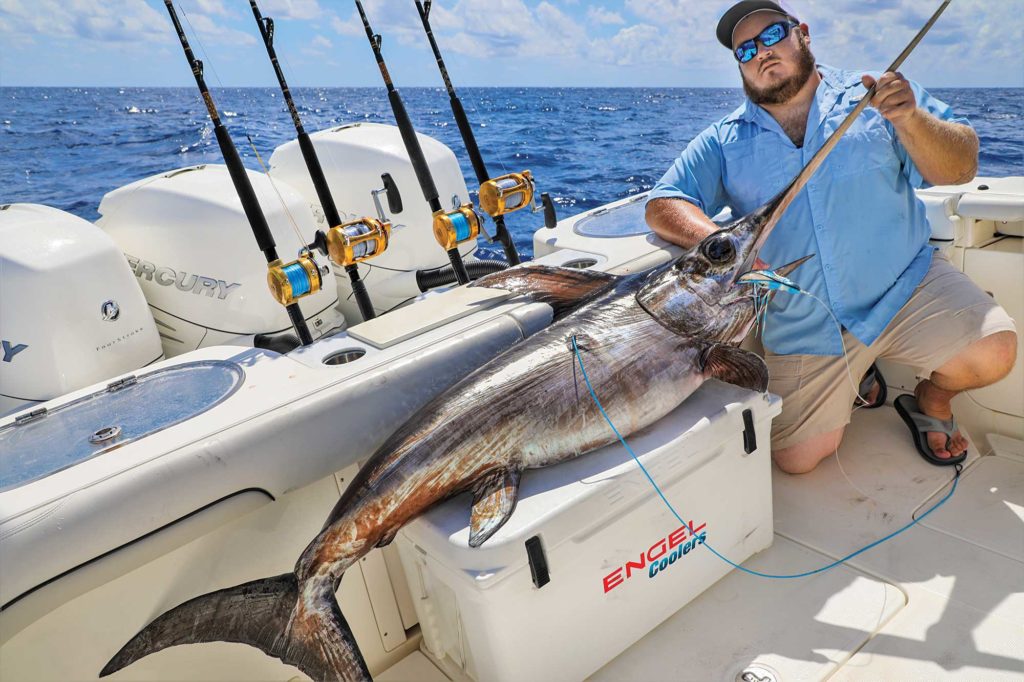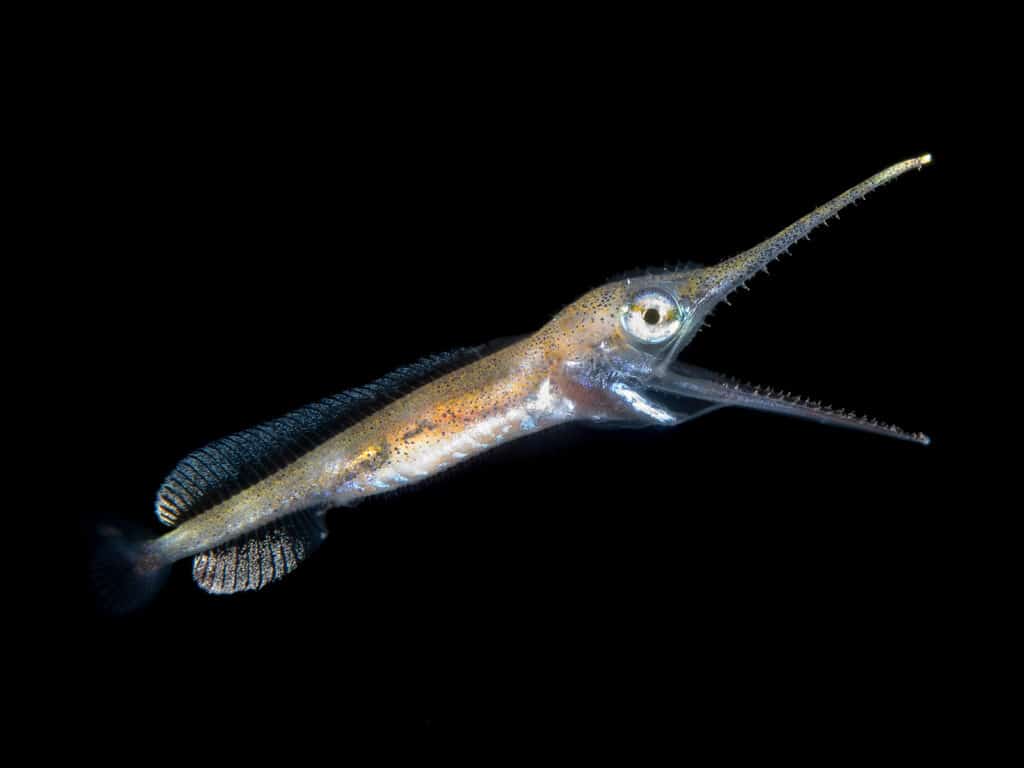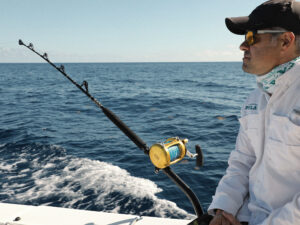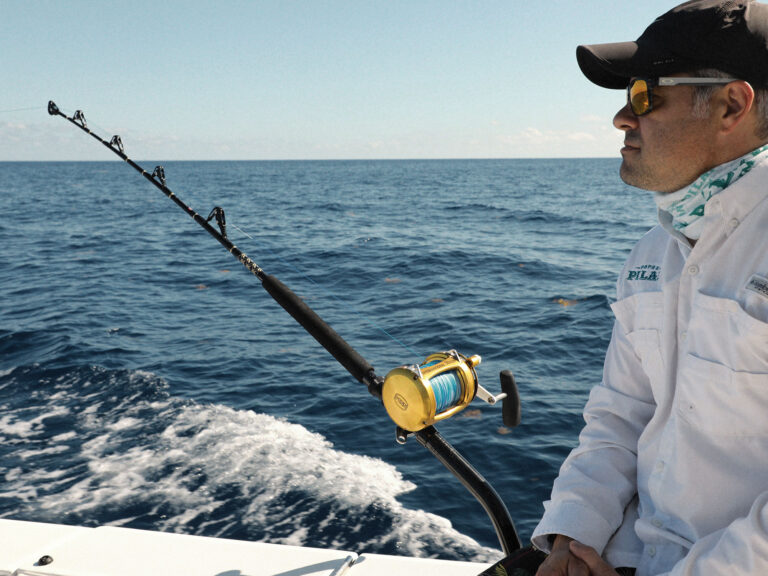
The life history of most game fishes is pretty amazing. Although some species may grow to more than 1,000 pounds, all begin life as one of millions of eggs the size of a small grain of sand floating about an ocean full of tiny predators, following a full-moon spawning session.
Of those millions, thousands may be fertilized, but of those thousands fewer than 100 will survive past the larval stage. They feed on tiny plankton, but are also fed upon by slightly larger planktonic predators. It is indeed a jungle out there in the open ocean. Growth, for the few that live, is rapid.
Most larval forms of game and food fishes bear little or no resemblance initially to adults, often very different in shape and color, recognizable only to experts. They may resemble elaborate insects as much as fish. As they grow into small juveniles, often characterized by oversized eyes, the babies begin to gradually take on more of the characteristics of larger, older fish.
Few anglers ever get the chance for a close-up and personal look at game fish not much longer than a cherry tomato, so in this ongoing gallery of “microscopic monsters,” we’ll offer a rare look at a mini version of species most of us see as only adult fish.
Baby Broadbill Swordfish
As is the case with the larval forms of so many marine fish species, it’s truly difficult to reconcile the strange and, initially, rather comical or — depending on one’s thinking — grotesque tiny things like this one, measuring a fraction of an inch, swimming around near the ocean’s surface as swordfish. I mean, seriously? Consider how this is so not like the Xiphias gladius we know and admire.
- This thing has a mouthful of teeth; adult swordfish lack teeth entirely. (And while we’re at it, they lack a long lower jaw as this has.)
- Everyone knows swordfish are a dark blue/black on top with silvery sides and belly; they are not a freckled orange color.
- Adult swordfish have one tall, abrupt dorsal and a shorter one far back; this creature sports a single, short, body-length dorsal fin. That will long dorsal remain until the little feller reaches around 9 inches in length.
- Swordfish also have two large, rigid pectoral fins; none for this baby.
- Though it may be hard to see them, in fact, this tiny larvae is covered with scales; however, when grown, swordfish have no scales. They also do have large eyes, for seeing in great depths, yes, but not huge eyes like this.

Yet despite all that, this is a tiny swordfish. Photographer Steven Kovacs took the photo about 30 feet down in 500 feet of water on a dark night off West Palm Beach, Florida. Like most large pelagics, swordfish are broadcast spawners. If more eggs of swordfish released by females were fertilized, Kovacs might have been enveloped by them: large females can release upward of 30 million eggs. But of course most go unfertilized (but hardly wasted, with so many tiny predators out there).
Those relatively few hatchlings not gobbled up will grow at up to one-quarter inch per day, and can be expected to reach a meter (39 inches) or more during their first year. Some studies suggest that males mature smaller and faster than females.

But what a difference even days can make in the meteoric growth and development of larval gamefish. This tiny swordy, shot by Ryo Minemizu of Japan, just a bit larger, now sports colors and patterns, and already its lower jaw is getting slightly shorter as its upper jaw (which will become the famed “sword” or bill) larger. It is, however, still a far cry from what most of us would ever identify as a swordfish!









